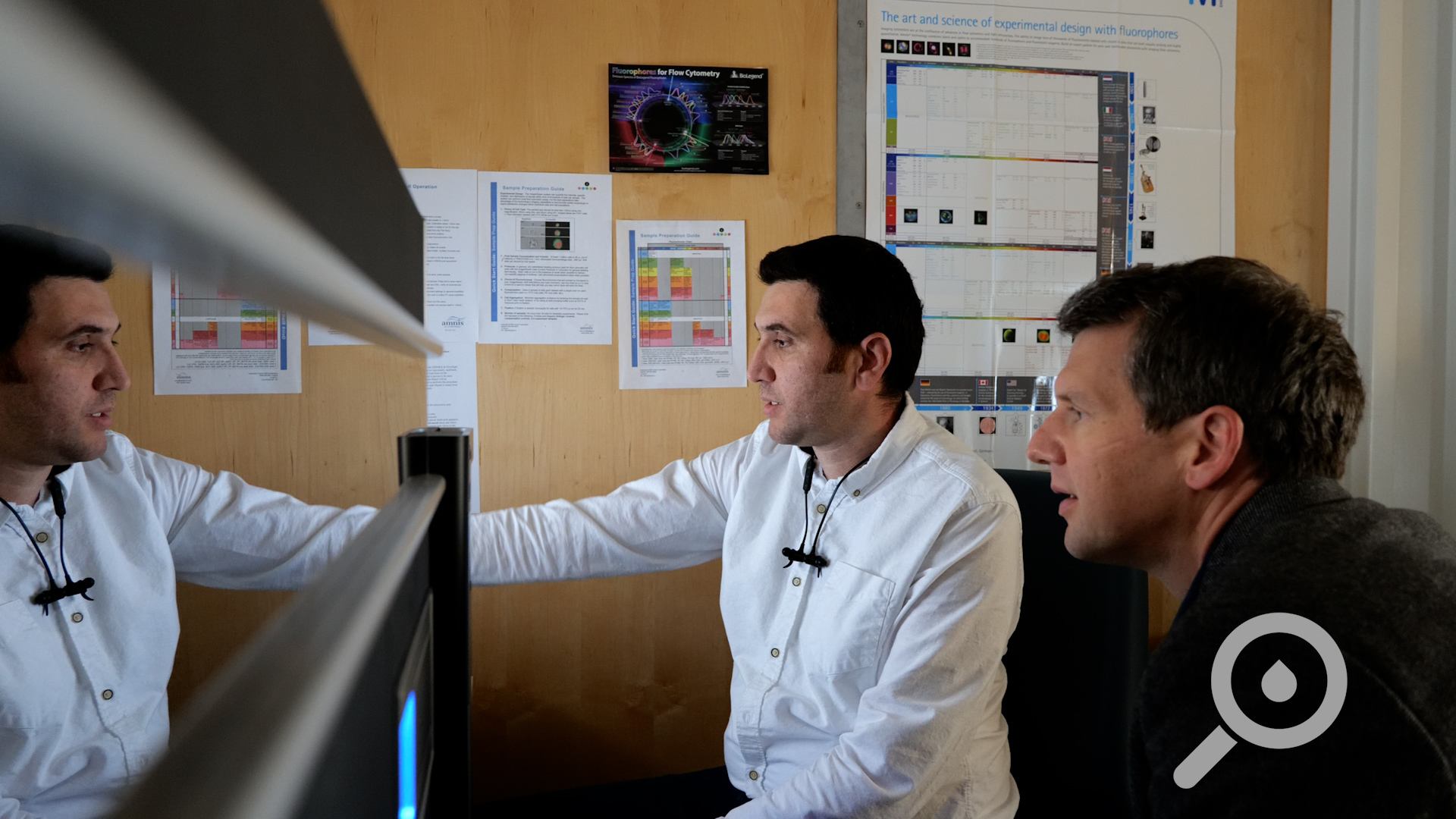
Platelets are a blood component that’s always in high demand. One reason is that platelets, when stored at room temperature, have a shelf life to 5 to 7 days—short compared to red cells (42 days) or plasma (one year when frozen).
“This is simply because bacteria like to grow at room temperature, and if we store them longer than seven days, this leads to septic reactions in the recipient based on the bacterial growth,” said Moritz Stolla, MD, PhD of Bloodworks Research Institute.
We test all donated platelets for bacterial growth using a system called BacT and are always looking for ways to make transfusions safer for patients.
An alternative is to store platelets in cold temperatures (cold storage), which reduces the risk for dangerous bacterial growth but also reduces circulation time, damage known as “cold storage lesion.”
As Bloodworks Research Institute looks to extend the life of platelets, we need a reliable method of measuring the storage lesion of cold-exposed platelets.
Previously, scientists needed to use a light microscopy-based Morphology Score first described in the 1970s, a method that is subjective, requires extensive training, and is not always available in in platelet laboratories.
As published in in Platelets, a new technique using modern technology—flow cytometry—developed at Bloodworks Research Institute gives researchers an unbiased tool to measure cold storage lesion and changes in platelet shape.
Drs. Stolla and Tahsin Özpolat explain in the video below.
Tell Us What You Think!